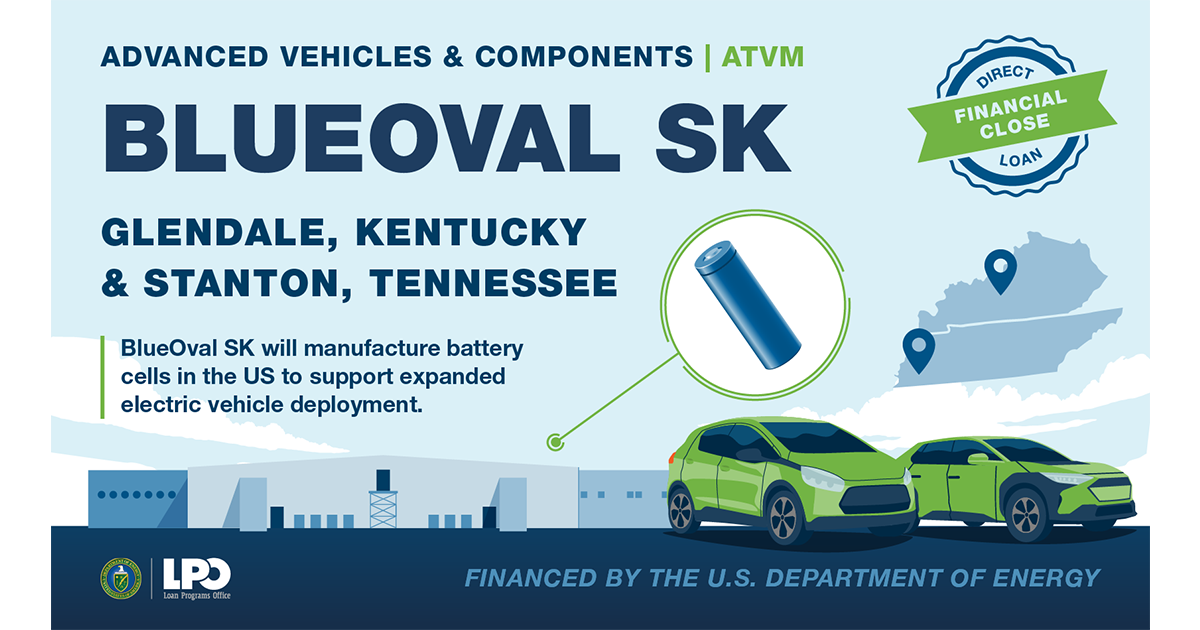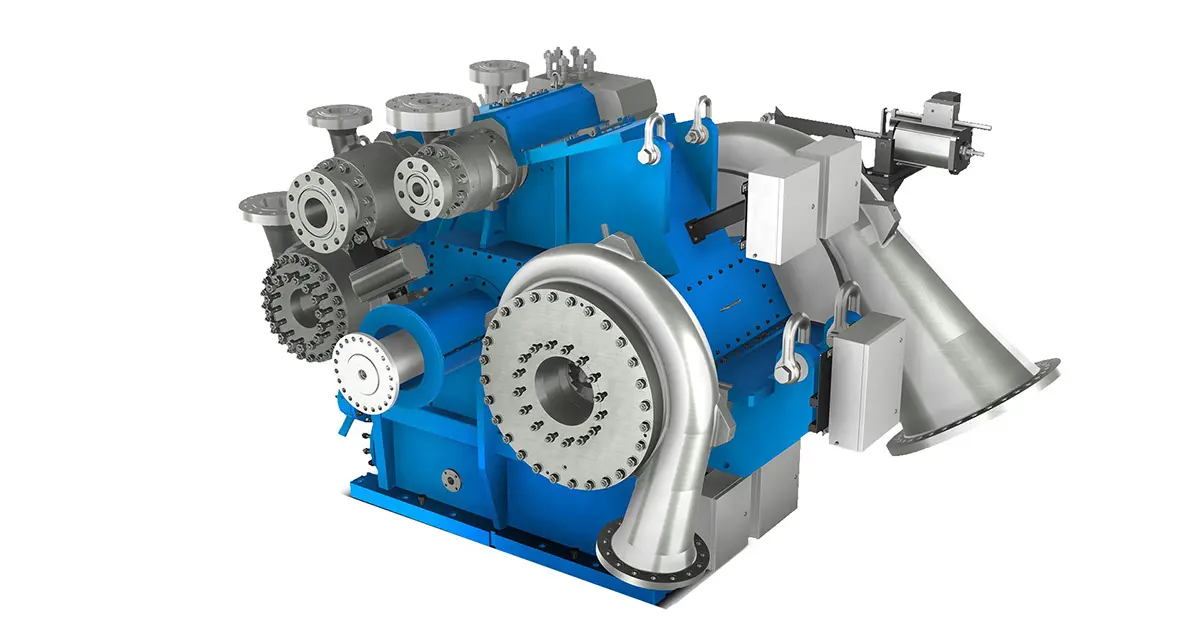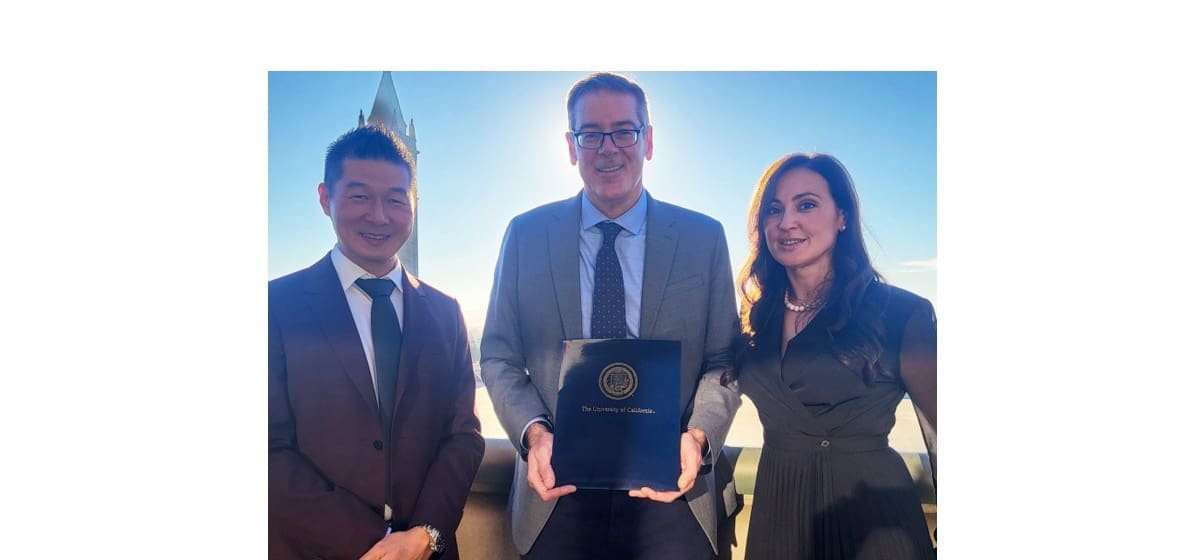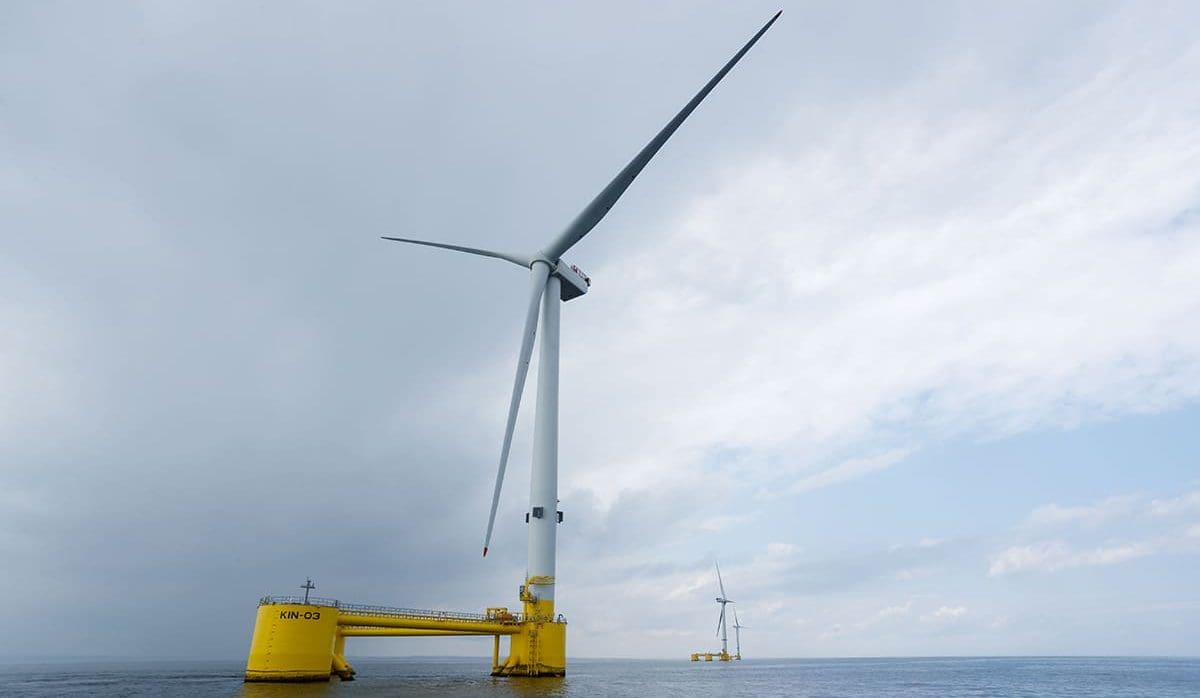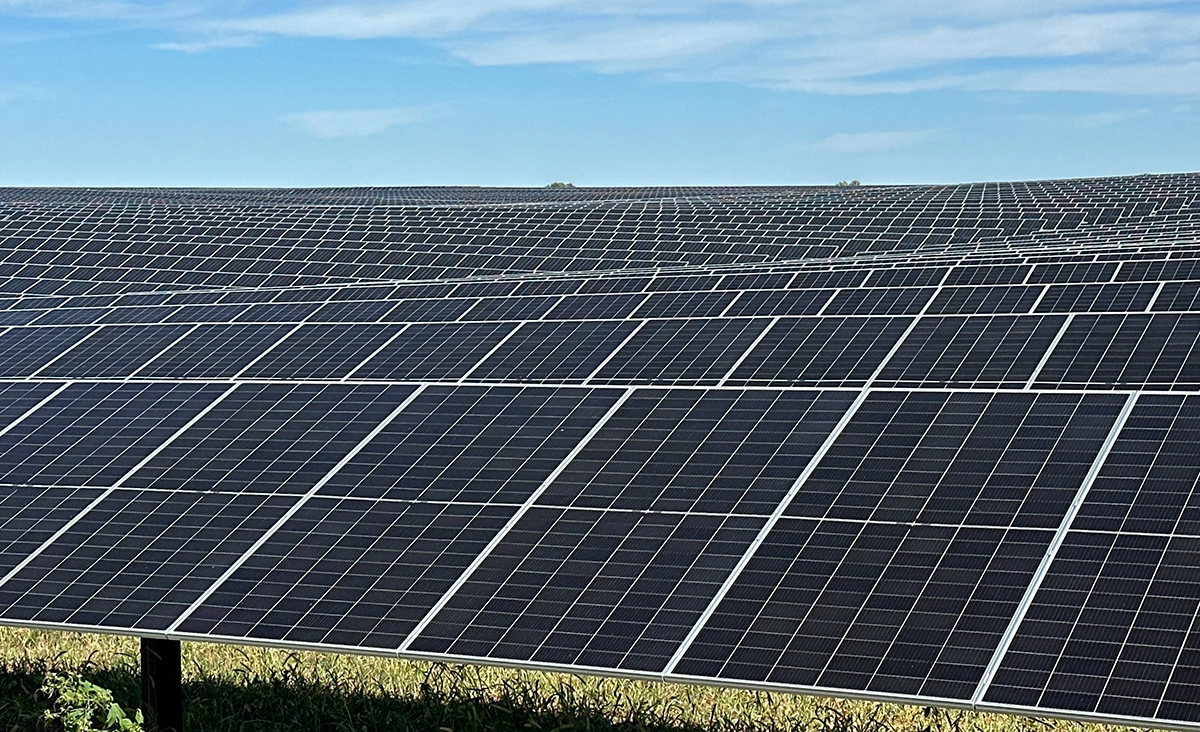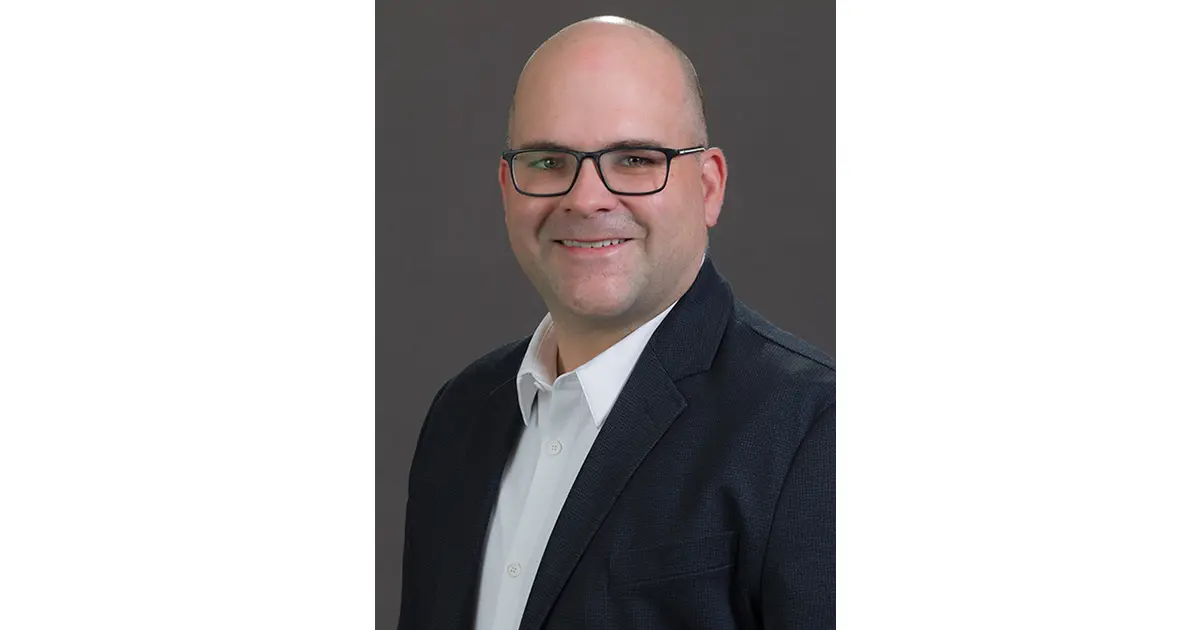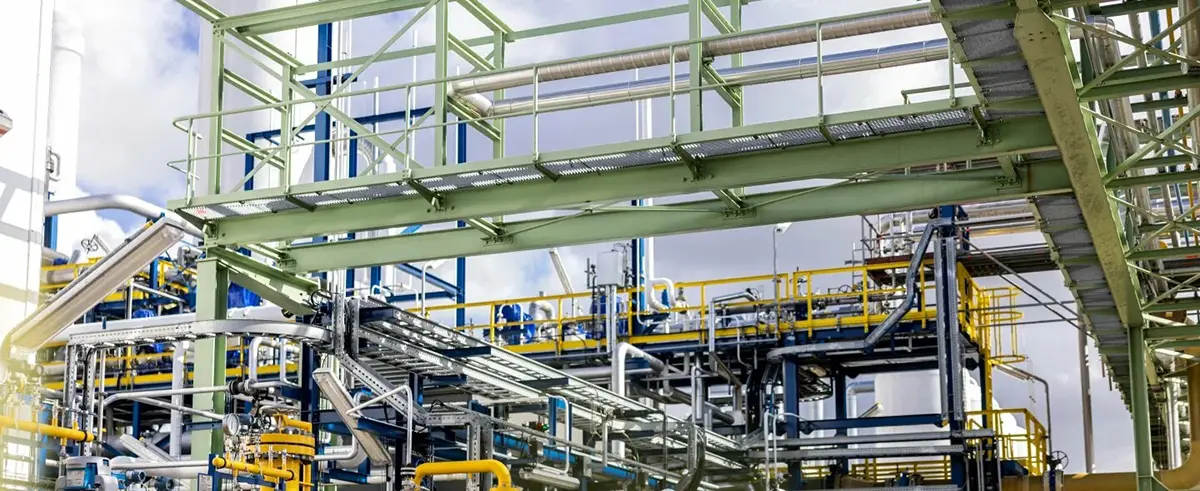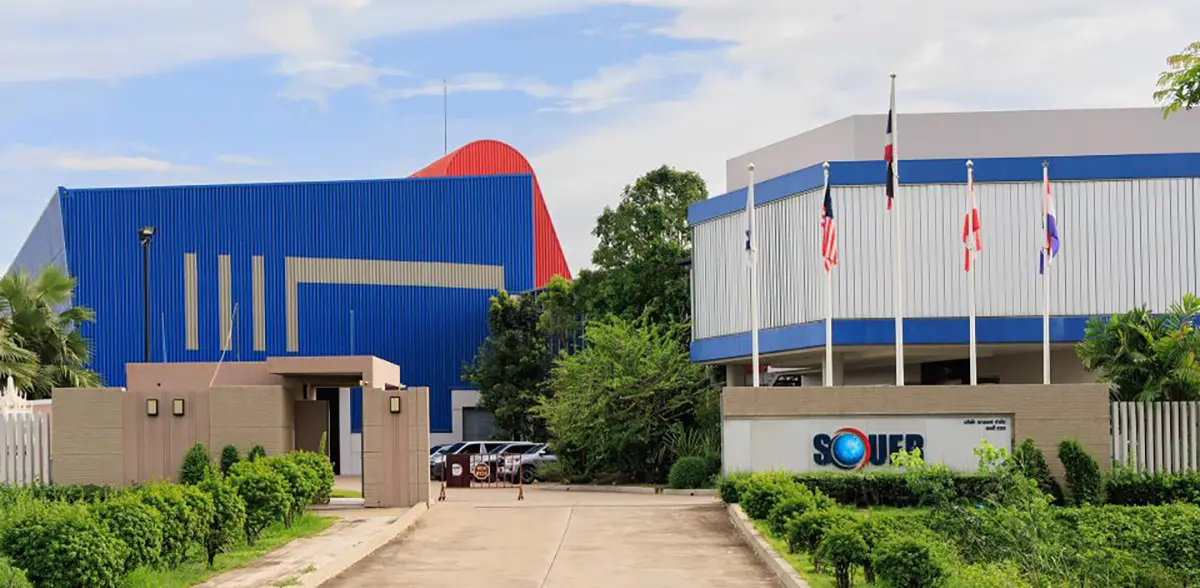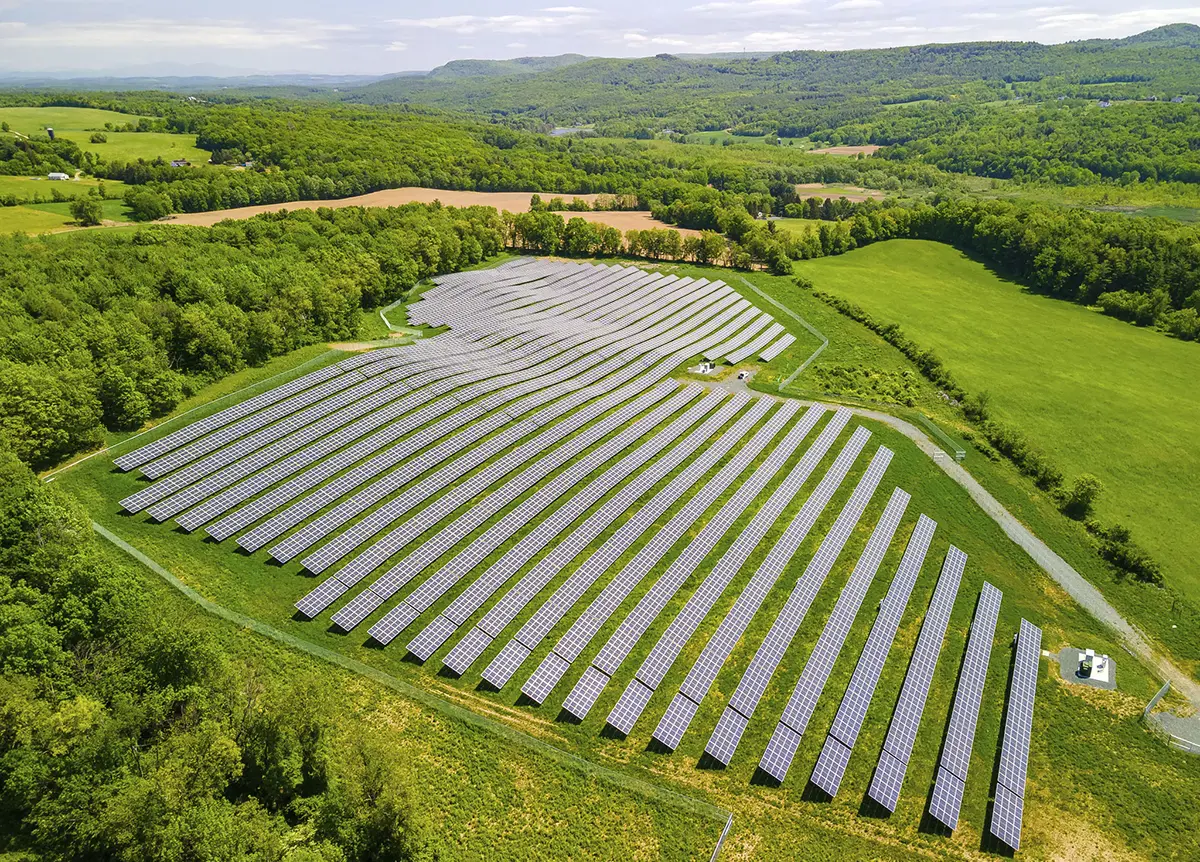
Tesla Breaks Ground On North America’s Largest Lithium Refinery

On May 8, 2023, Tesla officially broke ground on its lithium refinery along the US Gulf Coast. The refinery will help Tesla produce batteries for 1 million vehicles per year, securing a domestic supply chain for America’s largest EV maker. Tesla plans to spend around US$365 million on the plant. Construction is expected to be complete next year, with lithium production expected to begin in 2025, an incredibly fast timeline considering the complexity of the project.
During the Tesla lithium groundbreaking ceremony, CEO Elon Musk pulled up in a Tesla Cybertruck with Texas and US flags protruding from the rear. “We’re incredibly excited to announce one of the biggest lithium refineries in the world at a location that we expect will be able to produce lithium for about a million vehicles and produce more battery-grade lithium than the rest of North America combined,” said Musk.
Dr. Kathleen Hogan was also in attendance at the groundbreaking ceremony. She currently serves as the Principal Deputy Under Secretary for Infrastructure at the US Department of Energy (DOE). Prior to that role, she oversaw a portfolio of more than US$600 million in annual energy policy funding. “I just want to add my words to what an exciting day this is to mark a groundbreaking for this first of a kind investment here in our domestic supply chain in this country,” said Hogan. “It’s great to see what companies like Tesla are doing. They’ve been a leader in the EV space now for such a long time and now they’re being an amazing leader in building out the clean energy supply chain here in this country. We are going to be seeing more and more of this as we move out with the Bipartisan Infrastructure Law and other incentives put forth through our Invest In America agenda. This project means jobs. It means innovation, innovative processes, and a secure domestic supply chain as we move out on this clean energy economy. It’s a secure energy future nationally. But, when you look here at all of the work that’s going to go on, the other important thing is the workforce. It’s just amazing to see the skilled jobs that are going to be here.”
Project Details
Tesla said the facility will be able to expand beyond supplying batteries for 1 million vehicles per year, but it will still rely on its network of lithium suppliers. In 2022, Tesla produced 1.37 million vehicles, and plans to continue growing production at a compound annual growth rate of around 50%. It will take quite a bit more battery production outside of the Corpus Christi facility to satisfy its production needs.
“We thought it’s important to address what we think is, as we look ahead a few years, a fundamental choke point in the advancement of EVs, the availability of battery grade lithium,” said Musk. “Lithium ore itself for mining is actually quite common. Lithium is a very common element on Earth, it’s basically in every country so it’s not that there’s a shortage of lithium to mine but there is a shortage of heavy industry, the refining of lithium to make battery-grade lithium. Battery-grade lithium has to be extremely precise, ultra-pure, because if you have any impurities, it causes degradation of the battery so the purity of climates are extremely high. We’ve got a number of innovations that we think will be quite effective in the refining of lithium that haven’t been done before.”
A couple of Tesla engineers, Drew Baglino, senior vice president of powertrain and energy engineering, and Turner Caldwell, senior manager of battery minerals and metals, went into the details of why the refinery would be efficient but also uniquely effective at limiting emissions and leading to a net-zero future.

“Speaking to some of the innovation that we’re going to be pursuing onsite, the conventional process is a heavy sulfuric acid consumer, it’s a heavy sodium hydroxide consumer, and as a result the byproducts that are produced from that process are challenging to manage,” said Caldwell. “You end up with a lot of sodium sulfate that no one really wants here what we’re going to be using are much more inert reagents. We’ll be consuming sodium ash, sodium carbonate, very common industrial chemicals. We’ll be consuming lime, again a very common industrial chemical, and it’s a much more direct route that consumes 20% less energy all-in. It consumes reagents that are 60% less costly and all in the production cost is around 30% lower on a unit cost basis. The real key thing here is that the byproduct that’s produced is much more inert. It’s basically a mix of sand and limestone. The team has been working hard on finding beneficial use opportunities for that sand and limestone to try to feed that into construction materials, so we end up with a net environmentally neutral site.”
“I think one of the great things about both working on this lithium refinery here in Corpus Christi and the cathode facility we have in Austin is that we see the end-to-end impacts of any decisions we make on the technical side on how we design the battery cathode or specify the purity of the lithium so we avoid unnecessary complication along that path the whole dig a ditch, fill it, and dig it again that happens in the material supply chain,” said Baglino. “We are very intentionally making sure we don’t hold ourselves to standards that are unnecessary while still delivering an awesome end product and cutting out all of the inefficient process steps along the way. In fact, we’re looking at 30% fewer process steps in this refinery than a typical refinery while still achieving all that we need to hit our cathode quality and performance targets.”
The Big Picture
Tesla remains the number-one EV maker. It produced more than 440,000 vehicles in Q1, delivering more than 422,000 vehicles. While GM, Ford, and Rivian’s sales are almost entirely in the United States, the bulk of Tesla’s sales are international. Estimates vary, but Motor Intelligence said that around 161,000 of Tesla’s Q1 deliveries were in the United States. In total, Tesla produced 19,437 Model S and Model X vehicles, delivering 10,695 of them. It produced 421,371 Model 3 and Model Y vehicles, delivering 412,180 of them.

Earlier this year, Tesla announced it was investing an additional US$3.6 billion in Nevada to scale battery and semi-truck production. The company has been making moves across its supply chain to ensure it has the manufacturing in place to support exponential EV production growth while sustaining its industry-leading operating margin, consistently positive free cash flow, and can support its growth projects using cash instead of debt.

